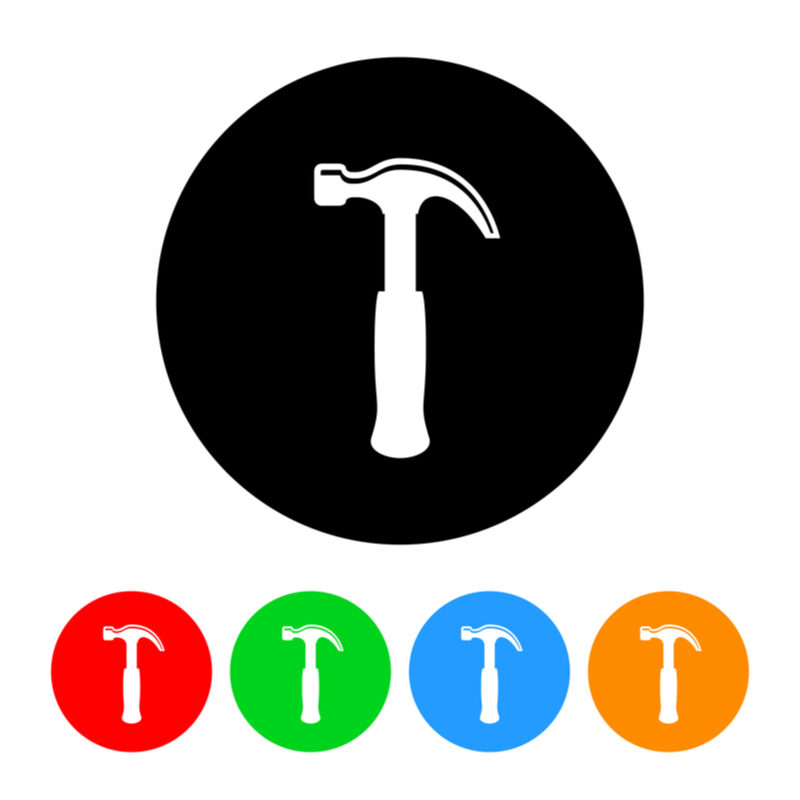A year in, here is our real estate market pandemic update. Home sales are rising, construction material costs are rising, and home sellers are scarce.
A year ago, we were in a very different place: The Covid pandemic was just beginning but the real estate market had been running hot. With interest rates and housing inventory near historic lows, most areas of the country were in a solid sellers market, and most homeowners were now enjoying watching their home values appreciate, with their home equity growing (in some locations) by leaps and bounds. Here’s our real estate market pandemic update.
Covid-19 brought the real estate market to a halt
And, then the Covid-19 pandemic brought home sales to a near full stop. Last March, home sales fell 8.5 percent from February 2020. On a seasonally-adjusted basis, February sales reached a peak of 5.8 million, and fell to 5.27 million in March. New construction fell 15 percent, the worst showing in 6.5 years.
As more than 40 million Americans lost their jobs between mid-March and April, the housing market crashed further. Existing home sales fell nearly 18 percent from March’s lower level, reaching just 4.33 million on a seasonally-adjusted annual rate. That was the lowest number since September 2011. New home sales rose slightly, surprising many.
But by April, we were already hearing anecdotal reports that buyers were in gear, looking to unload their condos and smaller rental units and head to the suburbs, and beyond, for larger homes with more space and amenities. By June and July, it was clear that there was a mass migration out of city centers, breathing new life into communities that hadn’t seen this sort of demand since prior to the housing crisis.
Hope prices rose during the covid-19 pandemic
Home prices continued to rise, in some cases, dramatically. According to the Zillow Home Value Index, home prices rose 9.1 percent from the start of the pandemic. They expect home prices to rise more than 10 percent over the next 12 months. In Boise, ID, the typical home value in February 2020 was $339,000. Today, that same home costs $419,000, an increase of nearly 24 percent.
In fact, it’s fair to say that nearly everywhere in the country, the housing market is on fire. Even in places which had struggled to recover from the devastating effects of the housing crisis.
According to Realtor.com, since the start of the pandemic, home prices have risen 14.3 percent, there are 27 percent fewer new listings than expected during the week of March 7, 2021, 50 percent fewer homes are on the market and homes are taking less time to sell (by a week).
The real estate market bounced back fast
“The housing market bounced back so much faster than other sectors of the economy that many have forgotten that housing activity slowed to a crawl during the early days of the pandemic,” according to Realtor.com chief economist Danielle Hale.
Many real estate industry observers are concerned that the positive momentum could backslide if people don’t decide to sell their homes. The lack of new listings in the first two months of 2021 means there is a 200,000 gap in new listings, leaving more buyers fighting over fewer homes. Which is why Zillow expects prices to climb another 10 percent this year.
There are a lot of reasons sellers haven’t moved in the past dozen years. Historic low mortgage rates have a lot to do with it. Last year, mortgage interest rates hit 15 historic lows and were at or near historic lows again in January and millions of Americans refinanced their mortgages, making it incredibly cheap to stay in their homes. Mortgage data aggregator Black Knight, said lenders did $2.8 trillion in refinancing in 2020, with homeowners cashing out $152.7 billion in equity. In November, the company calculated that 19 million homeowners were still good candidates for refinancing and could save around $309 per month. By the end of the year, BlackRock said some “46 million homeowners held a total of $7.3 trillion in tappable equity, the largest amount ever recorded.”
Here’s the problem most sellers have faced since the housing crisis: If you move, you’ll get less house for your money, and you’ll pay more for it. So you’ll plow your equity (and perhaps need a loan on top of that) for a smaller home that may not give you as much – or enough – space in a post-Covid world.
Why are people moving during the pandemic?
So, why move? By last July, some 52 percent of Millennials were living with their parents during the pandemic. According to a new study from the Pew Research Center, 71 percent of Americans say they are working from home part-time or full-time and say they want to keep working from home even after the pandemic ends. If you’ve got a nice big house that you paid off or you have a new super-low interest rate, the home is a lot more affordable to you than selling and buying something else. So, it’s fix-up time – Covid has been a great boon for the home improvement industry.
Here’s what isn’t going to change anytime soon: Home buyers and homeowners want every square foot they can get, for themselves, their kids, their home offices and their (Covid) pets. Even interest rates rising slightly off historic lows won’t slow down this exodus from city to suburb to rural America.
At least not yet and that’s our real estate market pandemic update.
©2021 by Ilyce Glink and Samuel J. Tamkin
